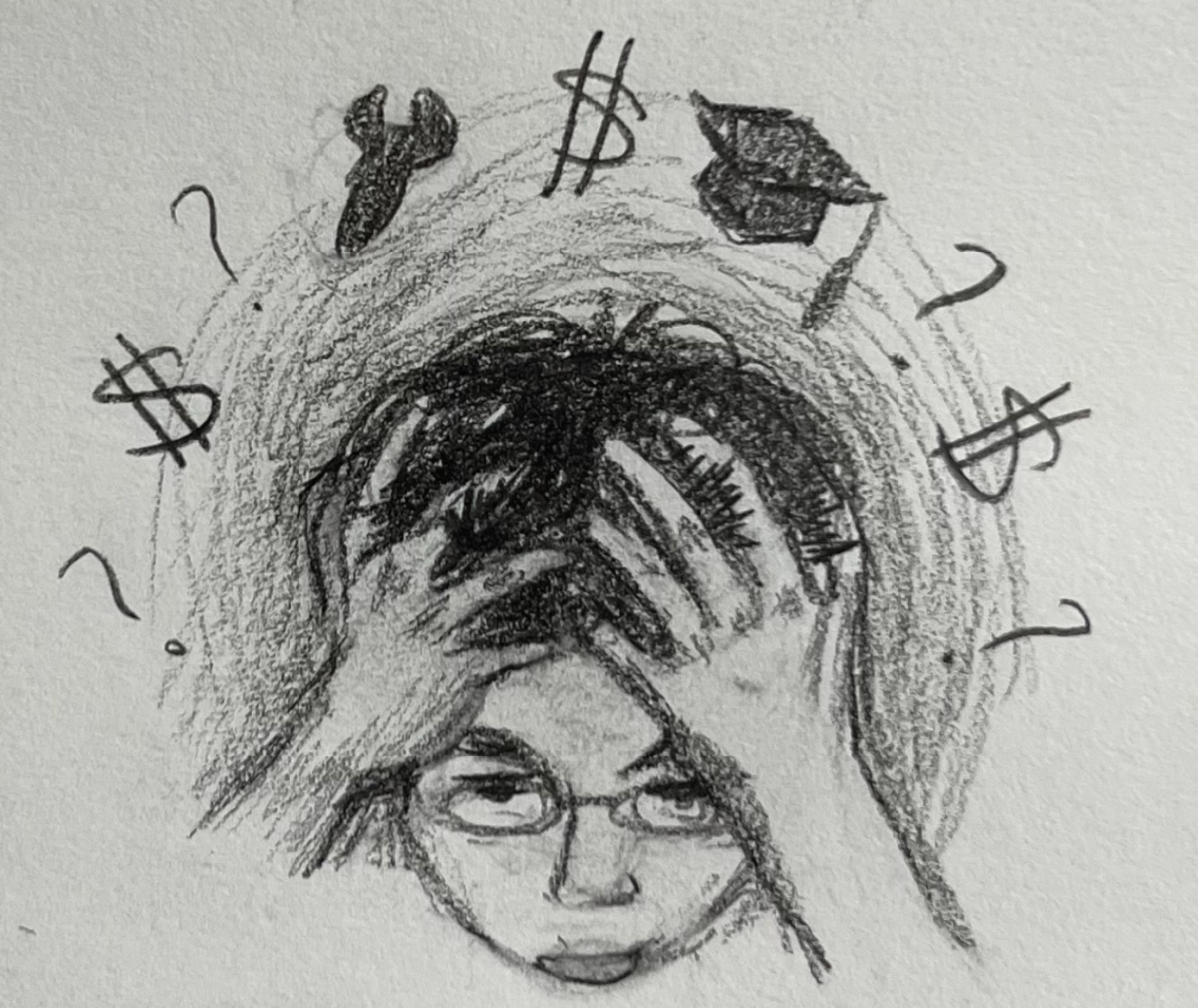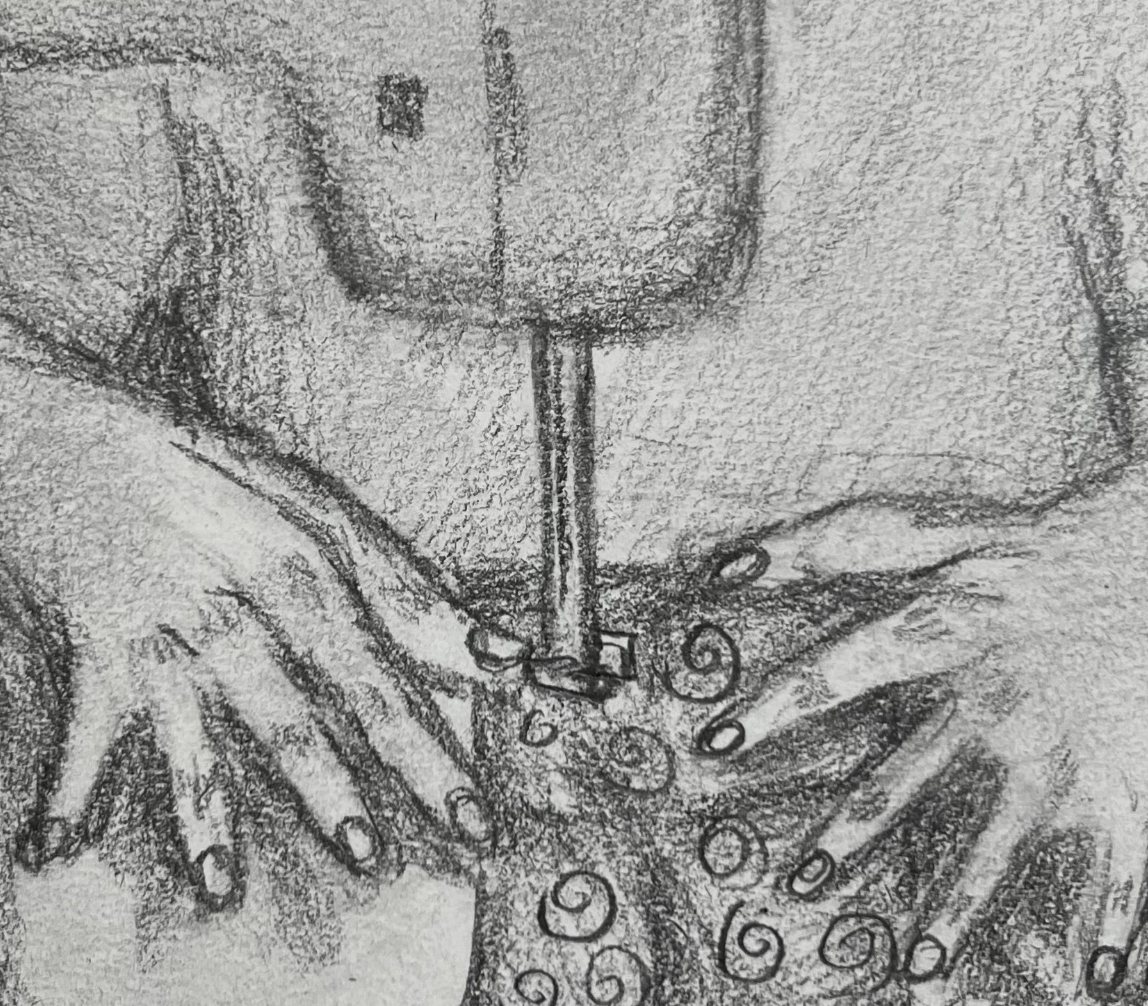I am sure everyone has been locked out of their house at least once and stood sullenly outside the door with a mixture of self-resentment and irritation. The only way out of such a predicament, save from making an ignominious phone call for help, would be to step inside and grab your keys off the countertop. So, what’s the catch? It is impossible to reach that remote, yet so close, spot on the countertop without unlocking your door, and you cannot unlock your door without your keys. The situation stares you mockingly in the face: a catch-22 at its finest.
This titular phrase was first coined in “Catch-22,” Joseph Heller’s hilariously satirical war novel set on an island off the coast of Italy. A cornerstone of postmodern literature, the book follows an American bombing group and through them represents a microcosm of the war’s asinine rules and distorted power structure. Yossarian, a malingering member of the U.S. Air Force and antihero protagonist, desperately tries to escape his bombing missions yet is impeded by catch-22. The circular reasoning behind a catch-22 states that pilots are exempt from flying missions if they are deemed insane, but being driven to madness from fear is inherently rational. So the squadron physician, Doc Daneeka, refuses to ground Yossarian for his alleged insanity, as his desire to be grounded demonstrates that he is sane.
Nearly all the characters either leverage or fall prey to the circular logic of a catch-22. Yossarian’s blindly ambitious superior officer, Colonel Cathcart, continually raises the number of his group’s flight missions with the futile hope of a promotion. Major Major, the painfully awkward squadron commander, only agrees to “see” people in his office when he is not there, escaping out his window when a meeting is due. Milo Minderbinder, the opportunistic mess officer, builds a black-market empire through his nonsensical pyramid scheme.
Heller’s injection of absurdist humor and repetition through these characterizations, where everything is almost mocked by its own echo, creates an incredibly dynamic and
vibrant storyline. The novel’s gory, tragic undertone and circumvention of logic are almost disguised by its humor. Heller artfully showcases the dehumanizing effects of war and the hypocrisy of human nature with his “Catch-22”—an oxymoronic world where insanity begets sanity.
Although glaringly evident in the novel, such contradictory catch-22s do not manifest themselves as often in our lives as high school students. Without the bureaucratic, Kafkaesque worries occupying many adults’ minds, for us, these moments might just be a pointless school rule or an irritating part of an extracurricular activity. As a language enthusiast, one of my first and few catch-22 experiences occurred when I started learning French. I was hesitant to converse with native speakers and feared their judgment as I dabbled in perplexing French grammar. During a visit to France, I was often scorned for my lack of proficiency in the language—almost embodying a middle school version of Emily from the Netflix show “Emily in Paris.” Yet I also could not gain the skills my peers expected without first engaging with them in French. I somehow needed to reach fluency but had nobody to practice with—a language learner’s worst catch-22.
As we grow older, however, the catch-22 moments awaiting us in life grow all the more apparent and entrapping. A world tied up in red tape with its professional regulations, personal finances, and government protocols looms in our future. For example, when prospective employees apply for entry-level jobs, they must first demonstrate experience in that profession. Yet the applicant cannot fulfill this unspoken requirement without the experience that any such job would have given them and, therefore, is turned down. When a customer attempts to qualify for a loan at a bank, they must first prove their ability to repay the money; so in a way, they assure the bank that they do not need the loan.
After cutting a deal with his superior officers in the novel, Yossarian eventually flees from the inescapable paradoxes of the military. By contrast, most of the other squadron members die or disappear throughout the war. Even though Yossarian’s fate feels rather idealistic compared to our current world, where it is almost impossible to evade government regulations, I think the ending carries a valuable message. Unlike his fellow officers, Yossarian is conscious and reactive to the absurdity of a catch-22, so he is the only one who succeeds in escaping it. As our generation grows older and starts facing similar bureaucratic traps, Yossarian’s self-advocacy and awareness will also become invaluable characteristics for us. So next time it begs the question, don’t forget to ask yourself, “What’s the catch?” Hopefully, the answer is not “a catch-22.”



